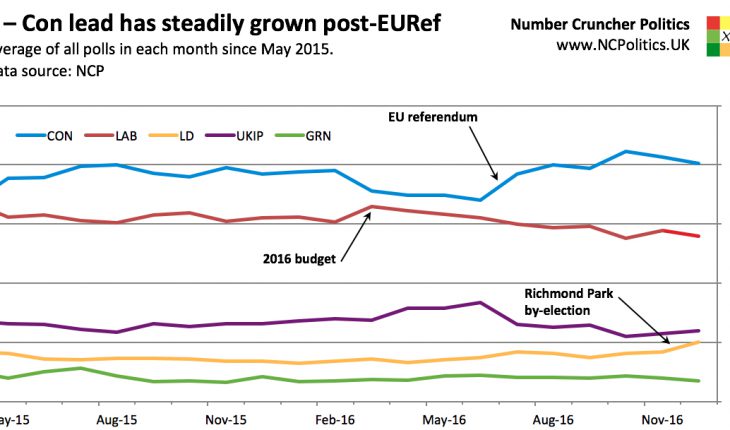
The same panel, and to a greater extent, an aggregate-level analysis of the results, suggests that the net 2.8 million non-voters broke quite heavily towards Leave. In demographic terms, the age versus turnout skew was relatively large, but the educational turnout skew was smaller than normal.

Turnout has been increasing in major ballots in the UK, so the (re-) entry of the politically disengaged into the active electorate matters, even if we don’t return to the old-fashioned 72 per cent referendum turnout on a regular basis.
Although this is not unique to the UK, it is particularly interesting here because of the history of turnout. Polls that would now seem unfathomably high were common until a generation ago (78 per cent in 1992) but collapsed thereafter. Therefore a substantial number of people have voted in the past but not recently.

This site has always been almost entirely original content, but sometimes others come up with stuff that’s too good not to borrow. James Kanagasooriam of Populus has been taking a close look at Labour losses in constituencies in England and Wales between 2005 and 2015. My version of his chart looks at the Labour loss over that period, compared with the share of the population who are white and didn’t attend university.
There are a few versions of this chart – this one (for England) compares it to the share of the population who are white and identify as “English only” and this one compares it to the Leave vote across England and Wales.
But however you cut it, the picture is much the same.
17 for '17 – a collection of charts for the new year
|
31st December 2016 |





